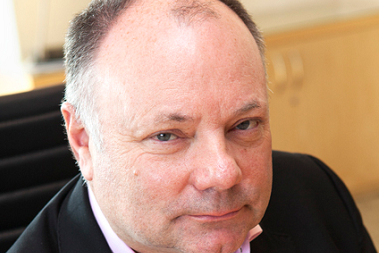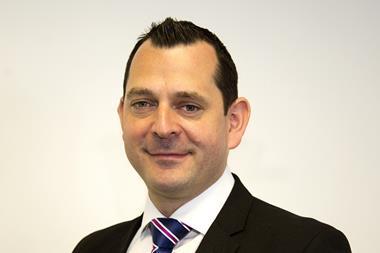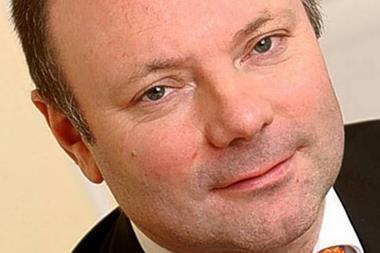Insurer changed prices more than once a day in March

Talking to Insurance Times after the announcement of the insurer’s Q1 results, group chief executive Gary Hoffman paid tribute to the agile nature of the insurer in being able to adapt to the market and achieve profitable growth.
“We are not unique, but we are certainly different to most,” he said. “Our difference comes because we are much more agile, we are much more digital and data driven, and we are much more direct in that we are built for the way customers increasingly buy general insurance through price comparison websites.
“We are monitoring the competition every day to see what they are up to, and we change prices very regularly to make sure we are optimising things for customers.”
This agility led to Hasting’s changing the pricing on their policies a total of 44 times in March, more than once a day.
But Hoffman denies the insurer has been aggressive on rates to win new business, insisting the pricing is competitive but based on a target loss ratio that will ensure sustainable profitability.
“The proof of the pudding is in the loss ratio, so it is not about aggressive pricing,” he said. “Of course the market is extremely competitive, even when prices are rising we feel the white heat of competition every day. It is about being agile and on top of what is happening.
“We are very competitively pricing, but we are clear about our loss ratio targets which means we are not cutting prices to get this market share.
“Our underwriters separately set the risk price and the technical price based on what we want our target loss ratio to be. We don’t aggressively price, we are competitively pricing, we are just very agile at what we do.”
Reinsurance protection
While Hastings may be comfortable with constantly changing pricing, the situation is much more different on the claims front.
Hoffman said the insurer was protecting itself from large losses from claims with a reinsurance regime that protects the insurer from volatility.
“Large losses from third party bodily injury claims are stable for us, both in frequency and severity,” he said. “We have quota share arrangements with our reinsurance partners where we cede 50% of the premium and 50% of the risk. For large losses and PPOs (periodic payment orders), we have an excess of loss with a retention level of £1m.
“We have a low risk appetite for volatility, which is why you see in our numbers quite consistent earnings growth quarter-by-quarter, year-on-year.”
Hoffman added: “What we do is competitive for customers, but profitable for us. We are producing both top line growth, now 1.8 million customers, and bottom line growth with profit up 21%.”






































No comments yet